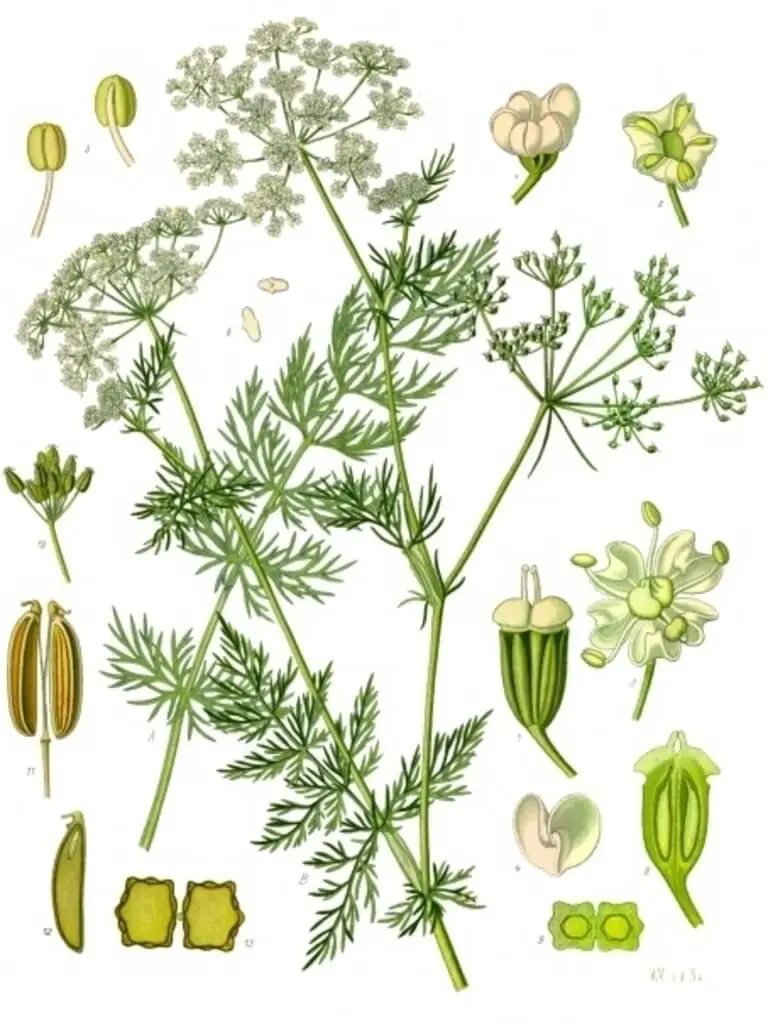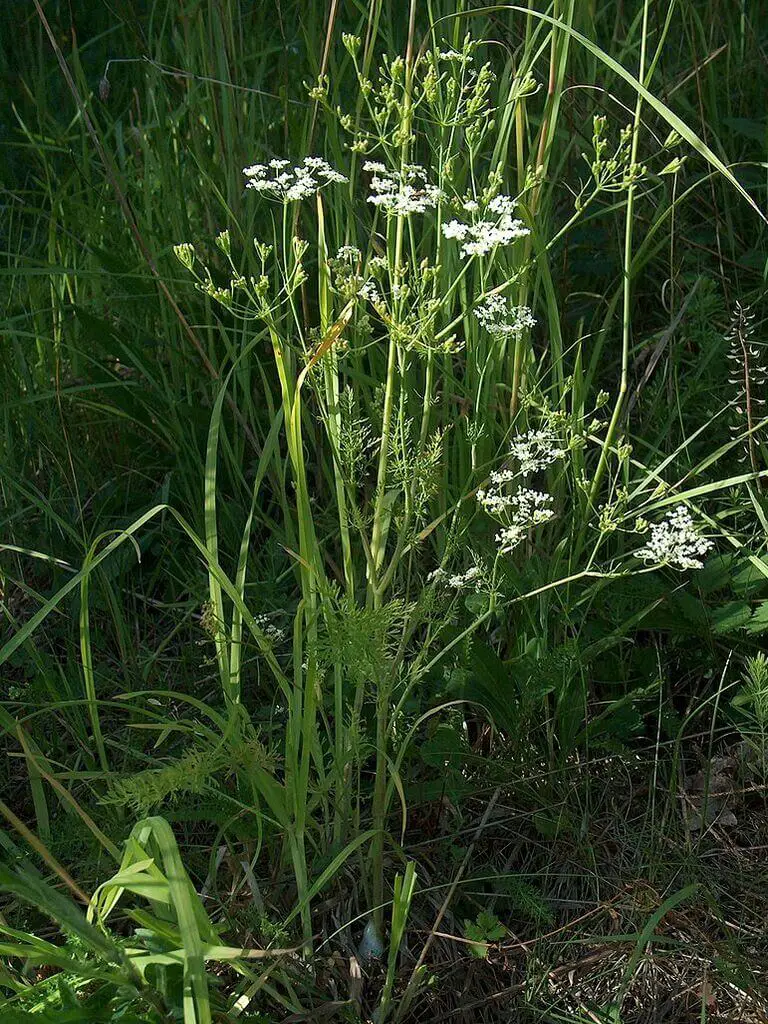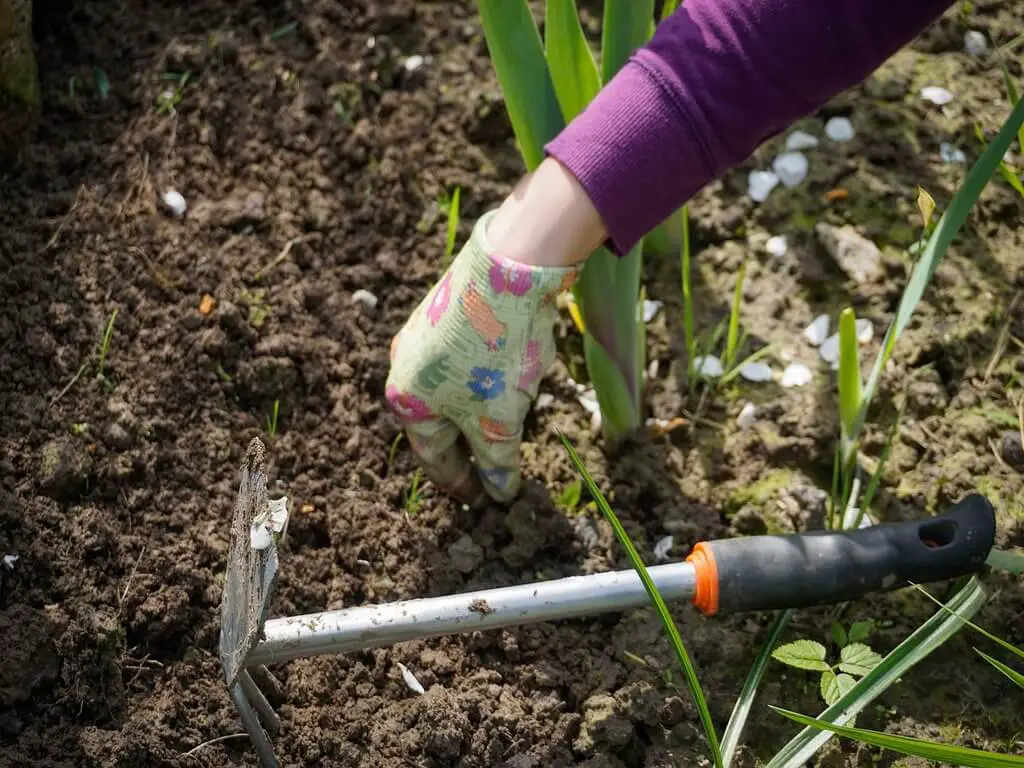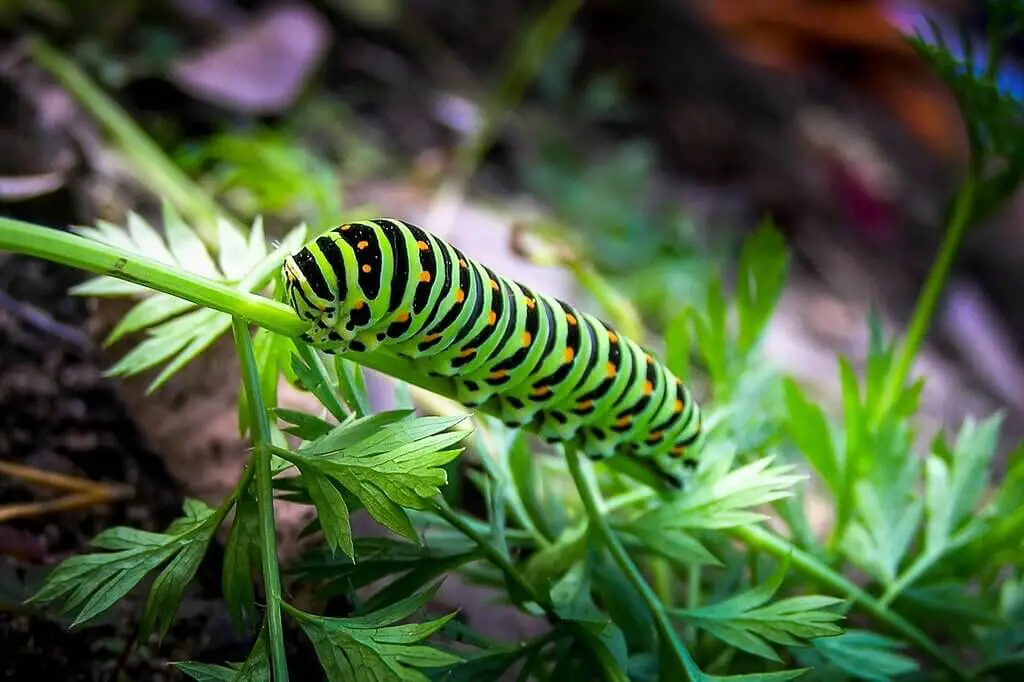How to Grow Caraway Plants (Carum Carvi) in Gardens
Caraway plants (Carum carvi) are biennial plants. They belong to the Apiaceae family. This family includes parsley, parsnips, fennel, celery, and carrot. Caraway plants have their native roots in North Africa, Europe, and Western parts of Asia. They also have many common names including Persian cumin and meridian fennel.
This article focuses on caraway plants (Carum carvi), their propagation, caring harvest, and uses.
Pedanius Dioscorides (Greek physician) mentioned caraway as a tonic and also as an herb in his works. Traditional medicinal guides refer to these seeds as a good digestive aid.
Roman Apicius (Roman recipes collection) suggests these seeds as dish ingredients. The Arabs call these seeds karauya. The Arabs consume this seed as an ingredient in their famous drinks and dishes.
There are various references in the bible regarding the cultivation of these seeds at biblical times. Those consumers used this seed as a staple crop.
In the commodity market, there are two other seeds that have the “caraway” name. However, they are not related to the species of Carum Carvi. They are the caraway thyme and black caraway.
Table of Contents
Description of Caraway Plants (Carum Carvi)

Caraway plants (Carum carvi) have a similar appearance to other plants in this family. They have feathery leaves growing on 20–30-centimetre (7.9–11.8 in) tall side stalks. The main stem grows approximately 40–60 centimeters (16–24 in) tall.
The flowers appear mostly in white or pink color. Normally, they grow in umbels (short stalks sprouting out of unusual points – like umbrella ribs) on stems. They form a flat–top cluster.
Normally, the caraway fruits (seeds) grow 2 millimeters (0.08 in) long. They have a crescent shape with almost five pale ridges. Most commonly, traders sell this aromatic fruit as a spice in the commodity market. These caraway fruits (seeds) have a pungent flavor with licorice and anise undertones.
Similarly, the leaves and roots of these plants have an almost spicy fragrance. They are edible and serve as ingredients in various dishes.
Characteristics of Caraway Plants (Carum Carvi)

Photo by Anneli Salo (Wikimedia Commons) (CC BY-SA 3.0)
Generally, the gardens in temperate regions (USDA Zones 4 to 10), grow caraway plants (Carum Carvi) as biennial plants. Usually, they sow the seeds in early spring.
Normally, these plants develop the roots and foliage during the first year. The foliage produces flowers in the second year. These flowers develop fruits (seeds) at the season end.
These fruits (seeds), if not harvested, fall on the ground and goes into dormant mode. After that, they germinate readily in the next season (spring). This natural process is also called “self-sowing.”
The gardens in warmer regions grow caraway plants (Carum Carvi) as annual plants. Usually, they sow seeds in the late fall and harvest the fruits (seeds) in the succeeding spring.
Propagation of Caraway Plants (Carum Carvi)
In general, these plants are self-fertile. They also attract bees to some extent with their nectar-rich blossoms. Hence, cross-pollination occurs readily. So, even if you grow one plant, you can expect to harvest the fruits (seeds).
In addition, their “self-sowing” characteristics contribute to the production of multiple plants.
USDA recommends harness zones 4-10 to grow the Caraway plants (Carum carvi). Normally, the aromatic herbs, are easy to grow in gardens.
These plants prefer to grow under full sunlight. However, they can tolerate partial shades too. These plans grow healthy in sandy loam soil that contains rich organic matter and drain well. Make sure the soil PH is between 6.0 and 7.5.
If your garden has other types of soil, amend it with compost before propagation. You can grow these plants from seeds, seedlings, or cuttings.
Seeds
Most gardeners adopt this method to grow caraway plants. You can purchase seeds online from amazon or any reputed nurseries nearby. if possible, purchase Arterner’s variety. This variety is well known for its exceptional flavor, generic oil content, and abundant crop.
For optimal results, select current year seed packs. Normally, the seed packets may contain germination instructions and other related information specifically. We, however, provide you common instructions here.
If you live in cold areas, start sowing seeds indoors, 1-2 months before the last frost date. We also recommend you to use biodegradable pots. It is because, the transplantation process will be easy, especially when the plants have fragile roots (like caraway plants).
Fill the pots with good quality potting soil. Sow the seeds at least 1/4 inch deep. Water moderately. After the true leaves sprout out, thin them 12 inches apart. This facilitates airflow.
You can transplant them in the garden after the frost. Avoid transplantation during the hot time (afternoon) of the day. Otherwise, the sun’s rays may burn the tender foliage.
Some people prefer to grow these plants in containers, rather than the outer garden space. In that case, purchase containers that have sufficient drainage facilities instead of pots.
Alternatively, if the frost danger has passed, you can sow the seeds (even seedlings or cuttings) directly in the garden.
Normally, the plants develop roots and foliage during the first year. The flowers and seeds develop in the following year.
If you live in warm areas, you can sow the seeds directly in the garden during autumn and harvest in spring. (Biennial crop)
Seedlings
As mentioned earlier, the caraway plants (Carum Carvi) have long fragile taproots. Due to this reason, you may not find caraway seedlings most often. However, if you are lucky, you may find them in leading nurseries and horticultural departments’ sale exhibitions.
Sometimes, you may find nurseries accepting pre-orders. Try to search them on the net or classified ads.
Cuttings
This method is the most challenging one compared to other methods. Find a nearby gardener or known one who grows caraway plants (Carum Carvi). Snip off 2-3 side stems (of course, with their approval!). Place them in a water jar.
You may see at least one of them developing new roots in about a weeks’ time. After that, transplant the “rooted stem(s)” in the garden carefully. If you happen to see one or more rotten stems, dispose of them immediately.
Caring for Caraway Plants (Carum Carvi)

After sowing the seeds, maintain even moisture until germination. When the plants mature enough to establish themselves, water them moderately. You can find the plants developing drought tolerance characteristics from the second year onwards. After that, decrease the watering frequency.
Remember, the potting soil dries more frequently than the ground soil. So, alter your watering frequency accordingly. Do not let the soil dry in any case before germination.
Water the plants in the early mornings. So, the plants can dry themselves making use of day heat. Always aim your watering device at the roots. Avoid watering the foliage. This helps to prevent fungal infections. If you have large garden spaces, try drip irrigation.
Pull out the weeds using a good weeder. Lay good quality Mulch around the plants. This helps to reduce weed growth, protect plants in a cold climate, and retain moisture.
Feed the soil with a well-balanced fertilizer during the growing season occasionally. Additionally, feed the plants with plant nutrients and organic matter. This facilitates the plants to grow healthier.
Pests and Diseases
Generally, the caraway plants (Carum Carvi) are from diseases and pests. In spite of that, there are some pests and diseases that may bother these plants. Always keep a good guide handy to deal with pests and diseases.
Pests
Leaf Hopper
These tiny green insects move from leaf to leaf and plant to plant. They suck the sap out of the foliage, deform them, and spread serious diseases like aster yellows
You can treat them with the application of food-grade diatomaceous earth.
GrassHopper
Grasshoppers can infest various serious diseases in healthy plants. Grow beneficial insects attracting plants or install birdbaths/bird feeders nearby. Also, remove weeds regularly so that these insects cannot hide. By using these techniques, you can completely inhibit grasshoppers.
Carrot Rust Fly
This tiny insect mostly has a black body with wings attached and a reddish head. Its larvae feed on the roots, deform them, and may finally kill the plants.
To protect the plants, cover them with floating row covers. You can also try sticky insect traps to catch carrot rust flies. In addition, apply food-grade diatomaceous earth to the surrounding soil to prevent egg-laying.
Parsley Worm

This is a larva of swallowtail (black) butterfly. It eats the foliage voraciously. You can either remove them by hand or plant companion trap plants like parsley. If every method fails, use environmentally-friendly Bacillus thuringiensis to remove them completely.
Diseases
Damping
This is a soil-borne fungal disease. The rotting starts from the roots then spread to the whole plant. As a result, the plant dies completely.
Use good quality potting soil while sowing seeds. Ensure adequate airflow between plants. These methods help the prevention of this disease.
In fact, there is no cure for this disease. So, dispose of the affected plants completely. After that, treat the soil with neem oil or a good fungicide. This may help to inhibit the fungus.
Aster Yellows
Mostly, leafhopper spreads this disease. The affected foliage turns yellow, deteriorates, and finally dies. As a result, the fruit setting stops completely in the plants.
There is no cure for this disease. So, dispose of the affected plants completely from the gardens. Otherwise, the disease may spread to all the plants nearby.
Powdery Mildew
Powdery Mildew is a common fungal disease in hot and humid areas. The affected foliage forms a white coating on the surface.
You can use neem oils, organic fungicides, or sprays to treat this disease. If the treatment fails, dispose of the affected parts immediately.
Prune the plants occasionally to facilitate the airflow. Water the plants aiming at roots. This helps prevent this disease.
Phoma blight

Photo by Clemson University (Wikimedia Commons) (CC BY 3.0)
Phoma blight is a fungal disease that may present in the seeds themselves. It also has multiple sources to spread. This disease causes discolored lesions. Upon spreading, this disease destroys the plant tissues as a whole.
This disease has no known cure. Hence, remove and dispose of the affected plants to avoid spreading.
Purchase the seeds from a reputed seller to avoid these types of hiccups.
Harvesting of Caraway Plants (Carum Carvi)
Leaves
Normally, you can begin harvesting the leaves when the plants grow 6 inches tall or more. Make sure the plants are matured enough and well established. Flip off the stems near the base of the plant using good quality garden shears. Strip off the leaves into separate bowls.
Seeds
Generally, you can begin seed harvest during the summer or fall. Make sure the fruits (seeds) are ripened fully and dry. Collect them in a clean bowl or container. Then separate the fruits (fruits)seeds from chaff and other debris.
Store them in airtight containers in a dry, cool, and dark location. In this way, you can retain the freshness and flavor for up to four years.
Roots
As a common practice, you can dig the roots out at the end of the second year. Just brush off the dirt and store them in a dry and cool space. You can use them for up to 2-3 months depending on the climate. If they deteriorate, dispose of them immediately. This prevents other root pieces from rotting.
Wash and peel them off only when you are ready to cook. This enhances their shelf life.
Uses of Caraway Plants (Carum Carvi)

Photo by Lily15 (Wikimedia Commons) (CC BY-SA 3.0)
The seeds harvested from caraway plants (Carum Carvi) cater to a huge share of the consumer market.
The raw fruits (seeds) have a pungent aroma and flavor, similar to anise. You can use them to flavor cheese such as Tilsit, Havarti, bondost, and pultost.
Most consumers use the leaves of caraway plants (Carum Carvi) in stews, soups, desserts, salads, casseroles, and other foods. Like parsley leaves, you can also eat them cooked, dried, or even raw.
Some people consume the caraway roots as winter root vegetables, just like parsnips roots.
The European consumers use these seeds in a variety of dishes, diversely. For example, sauerkraut (sour flavor) and caraway seed cake (nutty, bittersweet flavor). The Australian consumers use them to season beef.
Hungarian consumers use them in goulash and homemade salty scones’. Norwegian and Swedish consumers use them in caraway black bread.
During Ramzan month, the middle east consumers prepare meghli (a caraway pudding). People in the Levant area serve this food during a baby’s birth. Syrians use these seeds to prepare keleacha (a sweet scones)
In the US, the consumers use caraway seeds as in spice in the making of special bread like rye bread and Irish soda bread.
Caraway seeds contain essential oils like anethole, limonene, and carvone. Commonly, caraway oil serves as a key ingredient in the making of Kümmel liquor in Russia and Germany. Scandinavian akvavit, Icelandic brennivín also have caraway oil as their ingredient.
FCMG (fast-moving consumer goods) industries use this oil to produce lotions, soaps, perfumes, breath fresheners, and many such products. This oil also plays a key role in folk medicine.
Similar Posts
How to Grow Aster Tataricus (Tatarian Aster) in Gardens
How to Grow Mulberry Bushes

